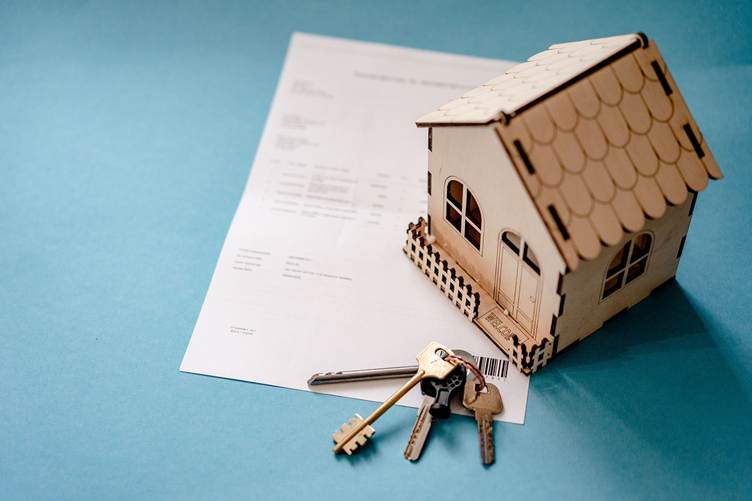Purchasing a home is one of the most significant financial commitments most people will ever make. Beyond the excitement of finding the right property, smart buyers understand that preparation begins long before house hunting starts. A well-thought-out financial strategy can make the buying process smoother, faster, and more affordable. Proper preparation helps ensure you’re not just ready to buy a home, but ready to sustain it comfortably for years to come.
Financial readiness is about more than having enough for a down payment, it’s about understanding your budget, credit profile, loan options, and long-term obligations. When approached strategically, the process builds both confidence and stability, transforming the dream of homeownership into a sustainable reality.

Evaluating Your Financial Readiness
The first step toward buying a home is assessing where you currently stand financially. This includes reviewing income, savings, credit scores, and debt levels. A strong credit profile and manageable debt-to-income ratio make it easier to secure favorable mortgage rates. Buyers with high credit scores typically receive lower interest rates, which can lead to substantial savings over the life of a loan.
Start by ordering a copy of your credit report from the major bureaus to identify any inaccuracies or outdated information. Paying off outstanding debts, reducing credit card balances, and making timely payments for several months before applying for a mortgage all contribute to improved creditworthiness. A disciplined financial approach signals to lenders that you’re a low-risk borrower capable of handling long-term commitments.
Understanding your spending habits is critical. Track monthly expenses for at least three months to determine how much you can realistically allocate toward housing costs without straining your lifestyle. This exercise helps you identify areas for cost reduction and builds a more accurate picture of your true affordability range.
Understanding Loan Options and Affordability
Once you have a clear sense of your financial position, the next step is exploring loan options that align with your circumstances. Mortgage programs vary widely in terms of eligibility requirements, down payments, and benefits.
For first-time buyers, there are special programs designed to make homeownership more attainable. Learning about home loans for first home buyers can help you access government incentives or low-deposit loans that reduce upfront costs. Before approaching lenders, it’s wise to get pre-qualified or pre-approved.
Pre-qualification offers an estimate of what you can borrow, while pre-approval provides a more formal evaluation based on your financial documents. Pre-approval strengthens your position when making an offer, signaling to sellers that you’re a serious and prepared buyer.
Interest rate trends play an important role in determining affordability. Monitoring market conditions and consulting with mortgage professionals can help you lock in favorable terms. Even a small difference in interest rates can impact your long-term payments by thousands of dollars. Comparing lenders and understanding fee structures ensures you find a product that suits your financial goals.
Building a Down Payment and Emergency Fund
Saving for a down payment remains one of the most challenging parts of buying a home. Depending on the loan type, the minimum down payment can range from 3% to 20% of the purchase price. Starting early and setting automatic transfers to a dedicated savings account is one of the most effective strategies for consistent progress.
While saving for the down payment, it’s equally important to build an emergency fund. This financial cushion should ideally cover three to six months of living expenses, offering protection against unexpected events like job loss or urgent repairs. Lenders view this as an additional sign of financial stability, increasing your chances of approval.
Accounting for Hidden and Ongoing Costs
Homeownership involves expenses beyond the mortgage payment. Property taxes, insurance, utilities, and maintenance can significantly affect your monthly budget. Before purchasing, calculate these costs to avoid surprises later. Online calculators and local government websites can provide estimates for taxes and insurance rates in your desired area.
Buyers should set aside a budget for home inspections, legal fees, and moving expenses. Planning for these costs in advance helps you stay financially stable during and after the transition.
Managing Debt and Strengthening Financial Stability
High levels of personal debt can limit your borrowing power. Lenders assess debt-to-income ratios to ensure you can manage existing obligations along with a new mortgage. Paying down credit card balances and consolidating high-interest loans before applying can improve this ratio.
Avoid opening new credit accounts or making large purchases in the months leading up to your mortgage application. New debt can temporarily lower your credit score or signal financial instability. Maintaining consistent spending patterns reassures lenders and keeps your financial profile strong.
Seeking Professional Guidance
Even the most financially savvy buyers can benefit from expert advice. Mortgage brokers, financial planners, and real estate agents provide valuable insights into loan structures, market trends, and purchase timing. A professional can help you evaluate offers objectively and navigate complex paperwork.
Working with experts helps identify opportunities for savings, such as refinancing options, tax deductions, or first-time homebuyer grants. These professionals ensure that your decisions are informed, strategic, and aligned with both short-term goals and long-term financial well-being.

By preparing early and approaching the process strategically, smart buyers turn homeownership from a daunting task into an achievable, rewarding milestone. Careful financial planning today ensures that your first step into your new home is built on confidence, security, and lasting success.









